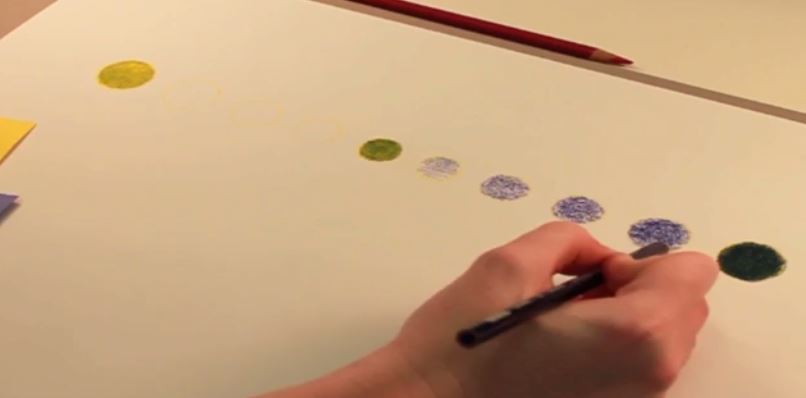 What are intermediate colors? They’re the colors that’ll make your painting pop!
What are intermediate colors? They’re the colors that’ll make your painting pop!
Intermediate Colors
For our next lesson on color theory basics, we’re going to cover intermediate colors.
Have you ever wondered what intermediate colors are and the part they play in color theory?
Let Kirbi Fagan shed some light on this gray area and demonstrate how understanding these can make your paintings pop like a can of soda left in the sun!
Intermediate colors (otherwise known as tertiary colors) consist of yellow-green, blue-green, blue-violet, red violet, red-orange and yellow-orange.
These are made by mixing primary colors, such as blue and yellow to make green, and then adding more of one color to get the desired shade.
For example, some greens will have more yellow in them, while others will veer more towards blue – they’re still green, though!
Color Theory Basics: Using Intermediate or Tertiary Colors in Your Work
Everyone’s eyes are different, so many people have a different idea of what some colors should be called. One person’s idea of, for example, the color ‘plum’ can be hugely different to yours.
By referring to colors in more specific terms, such as ‘red violet’, you can get a better understanding of them. Thankfully, in this video on color theory basics, Kirbi takes all the guesswork out of intermediate colors and helps you see them as they really are!
Understanding intermediate colors will really improve your painting, as you’ll be able to look at a subject, decide which shade of color to mix, and then put it into action!
So, get your paints and brushes at the ready, as we prepare to uncover the mystery of color theory (there isn’t one, really!) and get mixing like Skrillex spins a dubplate!
At the end of this lesson on color theory basics, you’ll have an awesome understanding of color theory and how you can use this in every aspect of your artistic career.
We love hearing your comments, so don’t be shy – drop us a line in the box below!
Return to the Color Theory Lessons Page